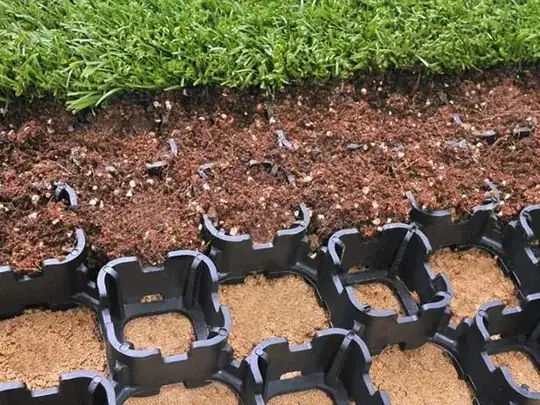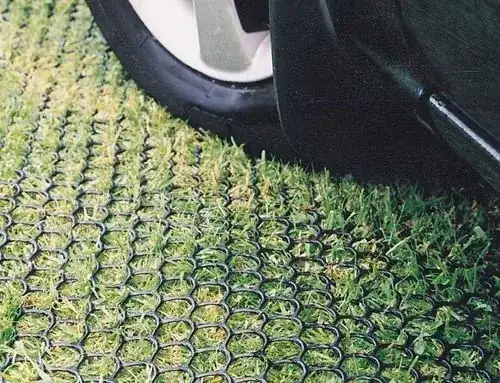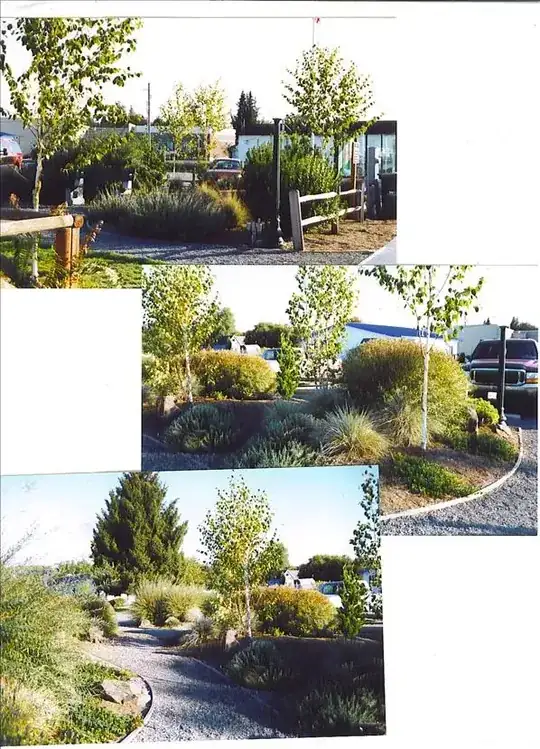The answer to not causing damage to the lawn in winter in the UK is not to walk on it, but in your case, that's not an option. There is one other thing you can do though, and that's to lay a hard surface. If you don't want a proper path, then stepping stones will do the job nicely. Find some (preferably non slip) slabs or actual stepping stones you like, then place them on the grass - check they're in the right place, and the right distance apart, by walking over them to get to the end of the garden, and make adjustments to the spacing as necessary. Mark round the edge of each slab with a knife (half moon edger/turf knife will be fine, unless they're round, in which case I recommend a bread knife), lift the slab and cut out the turf to a depth sufficient to accommodate the stepping stone so that it's flush with the lawn (easier for mowing), then settle the slab in place. It's quite handy to have a bit of sand (silver or washed sand) to help with levelling off beneath the slab, if you don't have any spare topsoil anywhere.
If the garden and lawn are long but narrow, it looks better to make the stepping stones meander a bit, so they're not in a totally straight line (which will make the garden/lawn look even more narrow). Not so fast to walk along, but aesthetically better. Ongoing, you will need to cut round each slab at least every second year, but preferably once a year and remove any turf growing over the top, which it will do if left.


